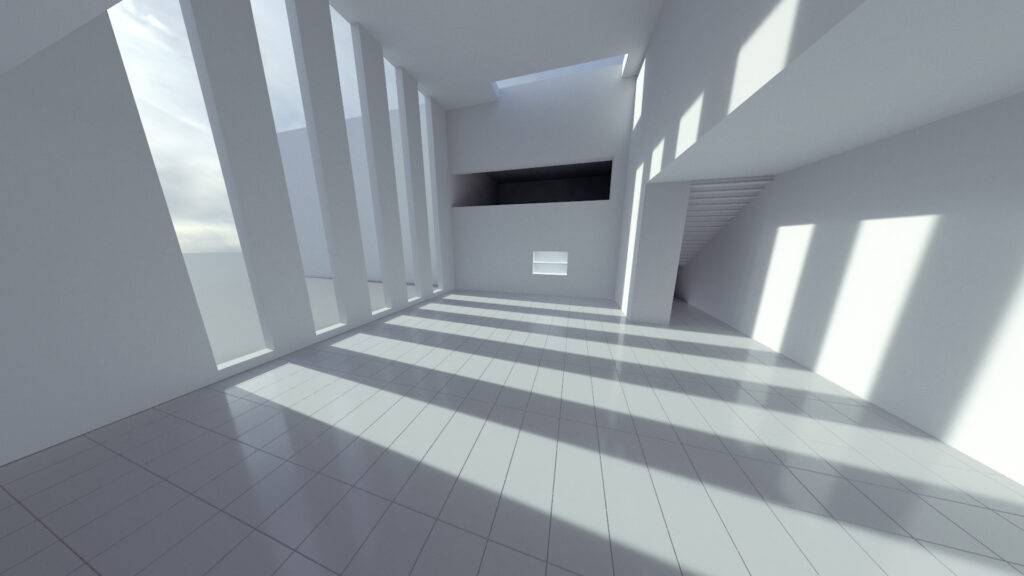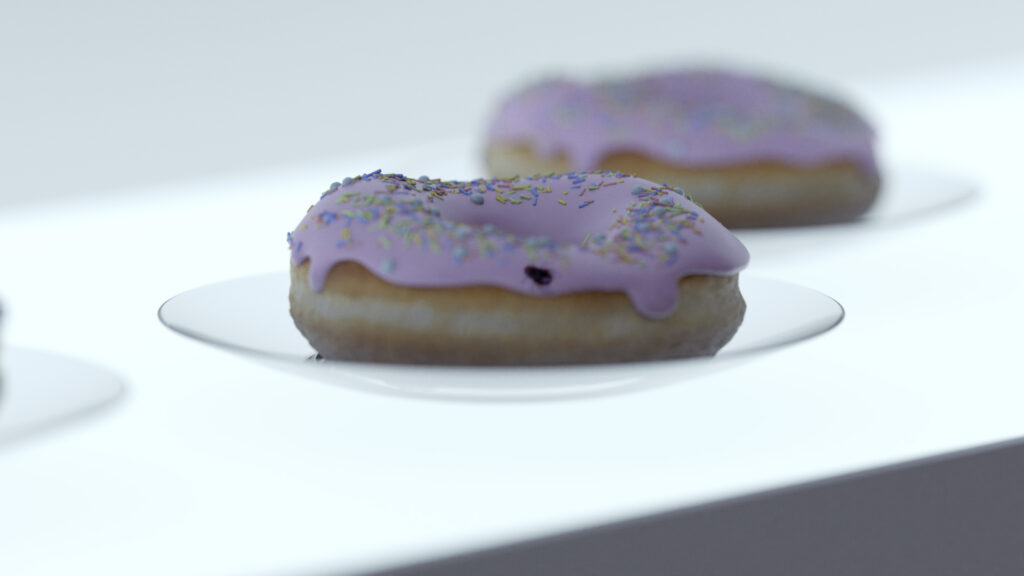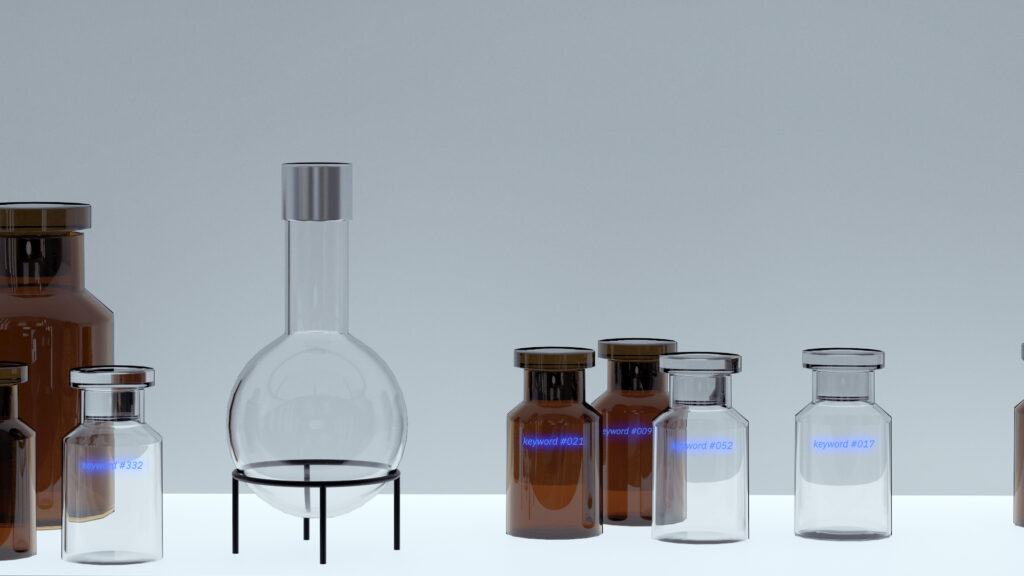




Suzanne is lured into a virtual dream world by flashing buttons and the voice assistant on her computer, which promise her a solution to her sleeping problem. In fact, however, she is only part of a large scientific experiment in which the aim is to specifically manipulate her behaviour.
More than one third of the world‘s population is part of the social networking community. Therefore these platforms play an increasing role as economic environments in the online world; and the attention of the user becomes a precious, but scarce resource. But the business model of gratuitious access to these communities hides a significant danger: surveillance and behavior modification by private enterprise companies, who develop powerful tools for manipulation. This new technology is called Attention Engineering. It is composed of interface design, gamification and deep learning, and it utilises psychological aspects of human behavior.

